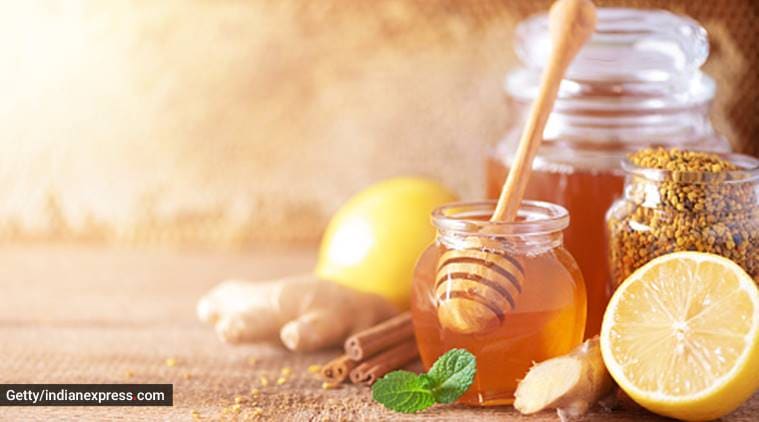 Ayurveda recommends having seasonal foods to boost immunity. (representative image. Source: getty images)
Ayurveda recommends having seasonal foods to boost immunity. (representative image. Source: getty images)
At a time when doctors and nutritionists are advising on consuming an immunity-boosting diet and leading a healthy lifestyle amid the coronavirus pandemic, it has become all the more important to eat right to keep illnesses at bay.
Experts harp on the benefits of having local and seasonal foods. This practice of eating is integral to Ayurveda or what is known as Ritucharya (seasonal regimen) diet.
Why are seasonal foods important?
We are aware of how our body is influenced by the external environment, especially changing seasons. And if it is unable to adapt itself to the stressors specific to a season, it could lead to Dosha Vaishamya, making it susceptible to various diseases, says a 2011 study on Ritucharya, published in an international Ayurveda journal, Ayu.
To help the body adapt, it is therefore important to not ignore foods and regimen followed during a particular season. If what we eat is not in sync with nature, it is likely to result in compromised immunity, unhealthy weight gain or loss, and poor skin and hair quality besides making one prone to lifestyle diseases, mentions artofliving.org.
Read| Luke Coutinho shares simple tips for holistic immunity
What is Ritucharya diet?
According to Ayurveda, the year is divided into two periods — Uttarayana (northern solstice) and Dakshinayana (southern solstice), each formed of three ‘ritus’ or seasons.
Our body is believed to be a combination of vata (ruled by air and space), pitta (ruled by fire and water) and kapha (ruled by water and earth). Each of the seasons pacifies or ignites the above-mentioned energies, so it is important to ensure the body maintains its balance.
While ‘ritu’ refers to seasons, ‘charya’ means guidelines. As per Ayurveda, here is how you can plan out your diet as per the seasons.
Shishira (Mid-January to Mid-March): During this season, foods like amla (sour), cereal and pulses, and wheat/gram flour products are advised. The diet should also ideally include ginger, garlic, haritaki, pippali (fruits of piper lonhum), sugarcane products, milk and milk products. Foods that are predominantly pungent (katu), bitter (tikta), and astringent (kashaya) are to be avoided. Shita or cold foods should also not be eaten.
Read| Immunity-boosting kadha: Covid-19 survivor shares recipe that helped her
Vasanta (mid-March to mid-May): Foods like cereals, old barley, wheat and rice are recommended. As for pulses, lentil and mugda should be eaten. Foods tasting pungent, bitter and astringent should also be part of the diet, besides honey. Foods that are hard to digest should be avoided during this season. Foods that are shita (cold) guru (heavy), amla (sour) and madhura (sweet) are not preferred.
Grishma (mid-May to mid-July): Foods that are light to digest are recommended including those that are sweet, unctuous, cold and fluid. Lentil and rice are to be eaten. One should also have plenty of water and other liquids like buttermilk and fruit juices. Foods that are pungent, sour and warm are to be avoided.
Varsha (mid-July to mid-September): Foods that are sour, lavana (salty) and sneha (unctuous) are to be eaten. Yusha (soup) is to be included in the diet. One should also take medicated or boiled water. Intake of river water excessive liquid and wine, and foods that are difficult to digest are to be avoided.
Sharat (mid-September to mid-November): It is advised to have foods that are sweet and bitter, and light to digest. Wheat, green gram, sugar candy, honey, patola (Trichosanthes diocia), flesh of animals of dry land (Jangala Mamsa) are to be included in the diet. One should avoid having fats, oil, meat of aquatic animals and curd.
Hemanta (mid-November to mid-January): Foods that are unctuous, sweet, sour, and salty are recommended. Flour preparations, new rice and green gram should be included in the diet. Among other foods that Ayurveda recommends are meats, fats, milk and milk products, sugarcane products, sesame and fermented preparations.
For more lifestyle news, follow us: Twitter: lifestyle_ie | Facebook: IE Lifestyle | Instagram: ie_lifestyle